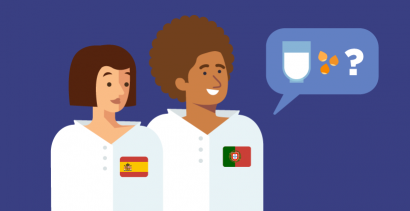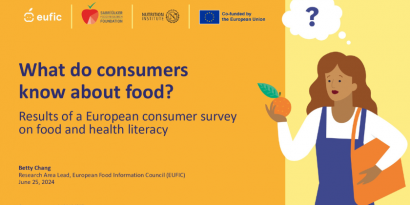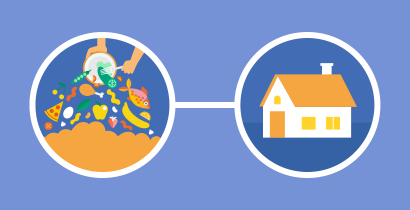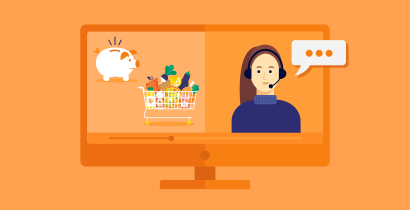Research

To help consumers make healthy, environmentally sustainable food choices, we need to understand their needs, preferences, and behaviour. EUFIC's Research team designs and performs qualitative and quantitative research at the European level to better understand what makes consumers eat the food they eat, what factors influence food choice and purchase, and how the food system can support healthier and more sustainable consumption patterns.
Latest research news
View all- 88% of nutrition professionals in Spain agree: plant-based dairy alternatives can be part of a healthy diet, but call for clearer guidance
- 93% of nutrition professionals in Portugal agree: plant-based dairy alternatives can be part of a healthy diet, but call for clearer guidance
- Webinar: Facilitating the Healthy and Sustainable Diet Shift through Effective Communication in Communities with Low Socioeconomic Status
- EUFIC symposium on behaviour change: How can we help consumers to make healthier and more sustainable food choices?





